What is the basis for RAST – Risk Analysis Screening Tool?
RAST uses Chemical Hazard Engineering Fundamentals (CHEF). The CHEF informational package provides the theoretical details of the methods, techniques and assumptions which are used for the different hazard evaluation and risk analyses. It includes: • Identification of chemical (flammability, toxicity and reactivity) and operational hazar, • Techniques for development of incident scenaris, • Source models for estimation of leak rate, evaporation rate, vapor dispersion, and explosns, • Effect models for estimation of human harm from toxic releases, flammable releases, and explosions • Techniques for evaluation of likelihood (historical data, fault tree, and event tree), and • Quantification of risk (i.e., risk is a function of the frequency times consequence).
Duiding score:
Duiding:
RAST assists with hazard identification, scenario development, consequence evaluation, and risk analysis. Starting at the level of equipment or activity, the Excel tool identifies chemical and process hazards. Then it determines what can go wrong by developing scenarios, how bad it could be by analysing consequences and how often it might happen by estimating frequencies. Subsequently, risk tolerance is determined and where needed additional safeguards can be implemented. RAST is supported by a free 126 page user manual and an Excel based CHEF calculation aid.
Doelgroep(en):
- HSE managers
Risicothema:
- Process Safety - Asset Integrity Management - Algemeen
- Risk | Control | Assurance - Algemeen
| Categorie | Uitgever | Maker | Taal |
|---|---|---|---|
|
Veelgestelde vraag (FAQ) |
- |
AIChE Center for Chemical Process Safety (CCPS) European Process Safety Centre (EPSC) |
English |

